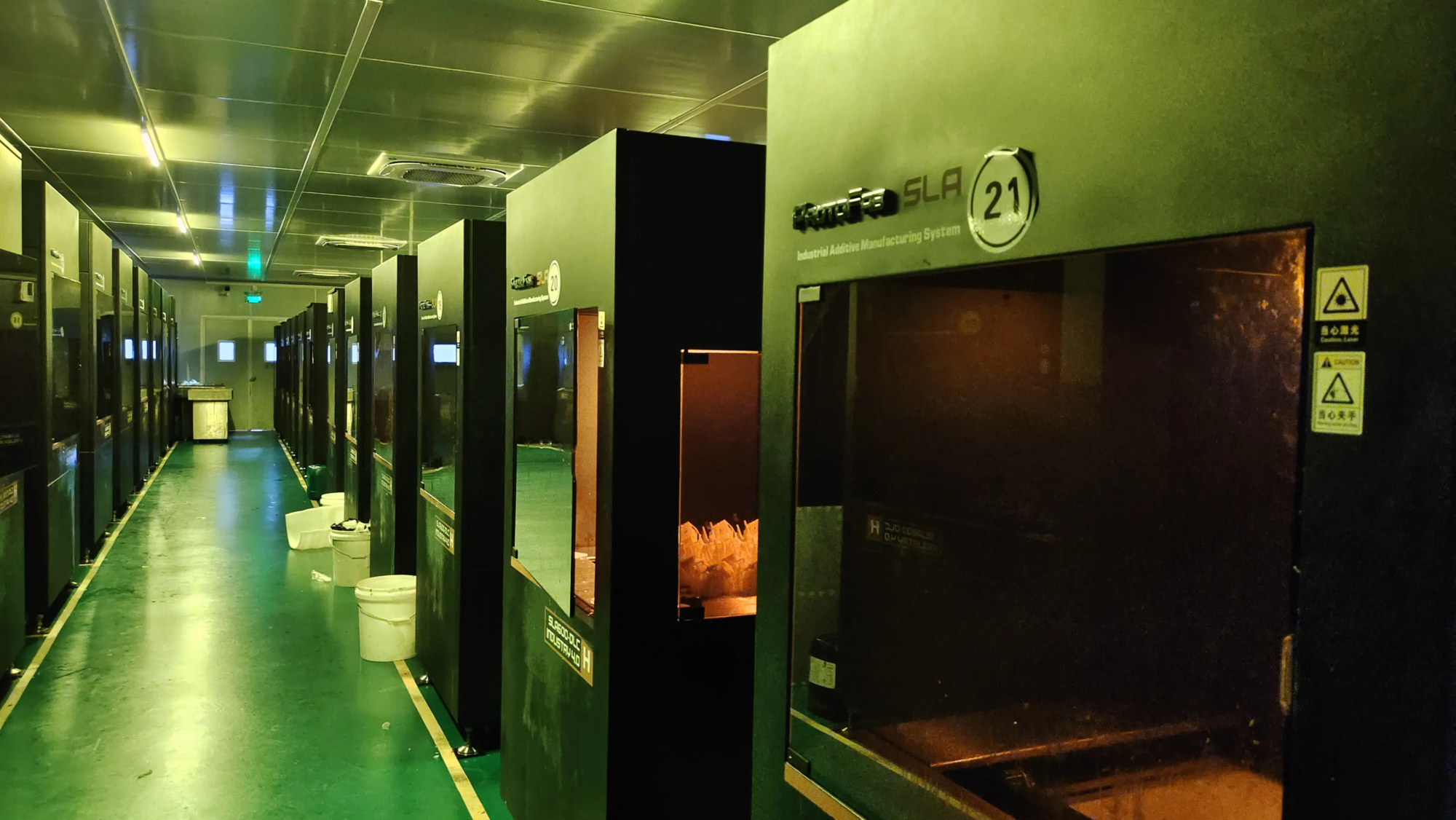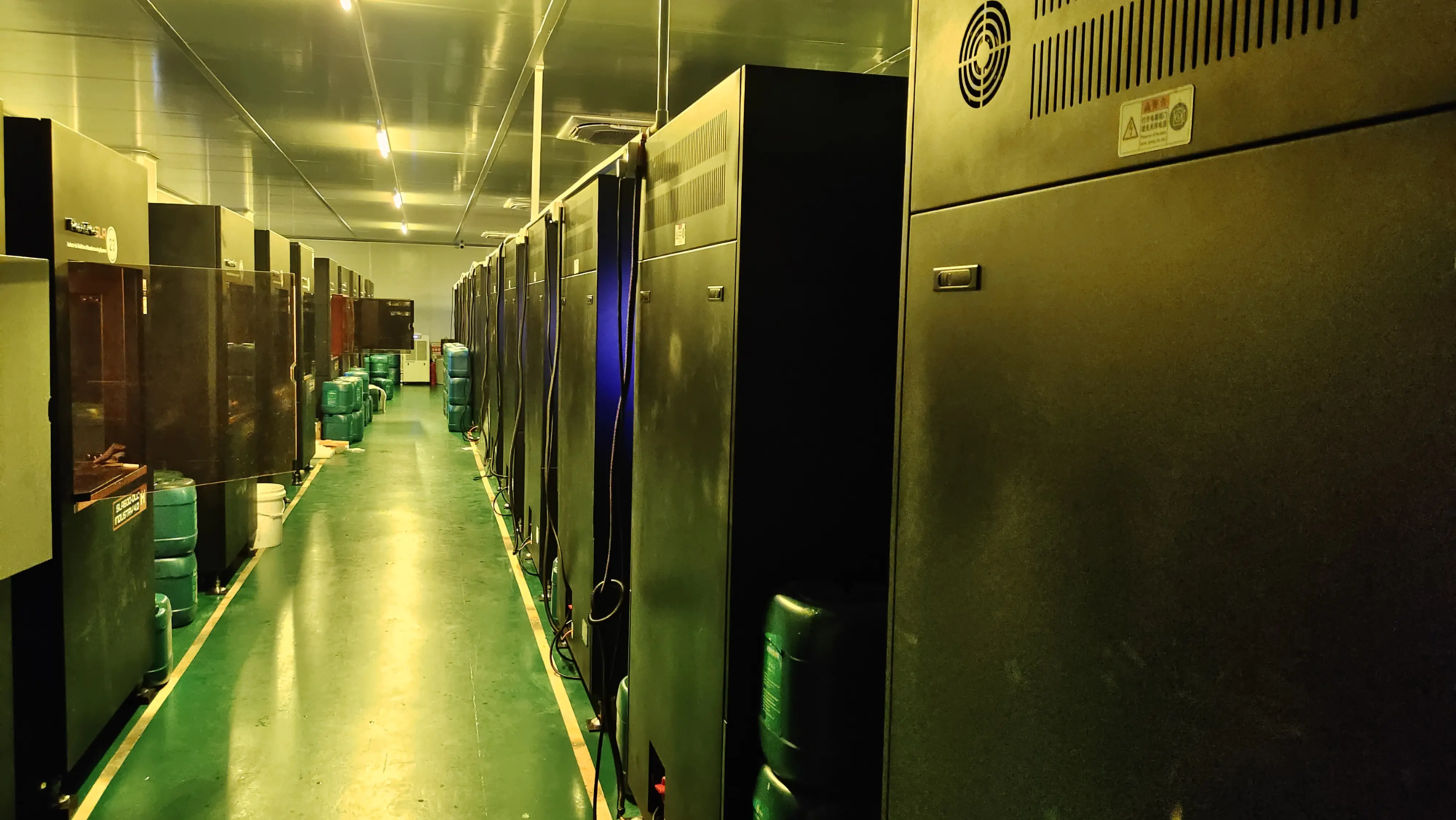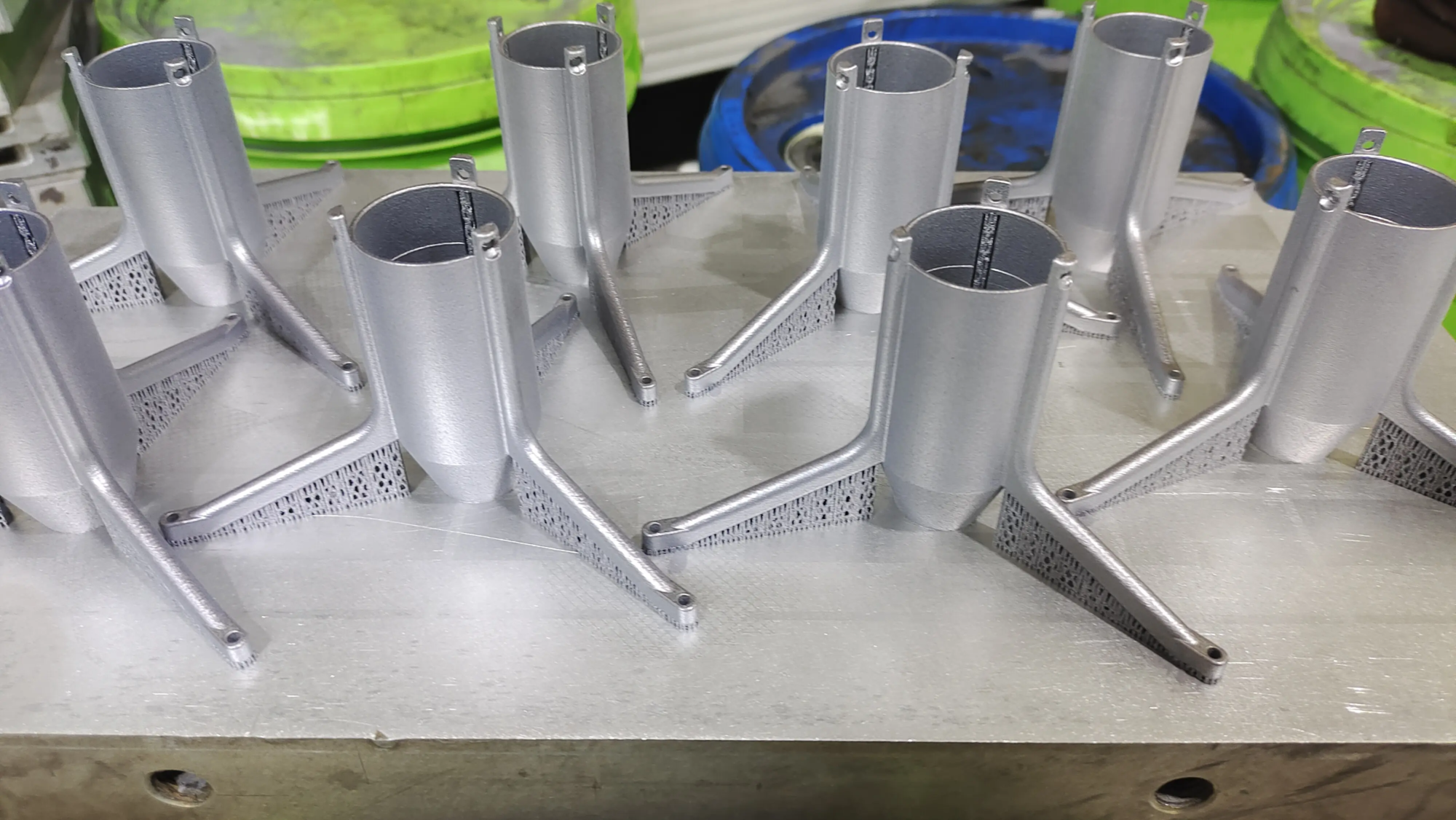As we all know, silicone is a material widely used in consumer products, building materials, electronic products, medical equipment and other fields. However, due to the high viscosity and unique thermosetting properties of silicone, its application in 3D printing has always faced challenges. High viscosity makes silicone difficult to precisely control during extrusion or deposition, while thermosetting properties make traditional extrusion processes that rely on molten material unusable.
Despite this, silicone 3D printing technology has made significant progress in recent years, and some breakthroughs have occurred recently. Next, the resource library will allow everyone to discover several new developments in the field of silicone 3D printing, including new materials and some technical cooperation.
The industry’s first silicone consumables
During Formnext 2024,Israeli 3D printing materials startupFilament2 has launched the industry’s first silicone 3D printing filament, which can be used on standard FFF 3D printers. Unlike regular 3D printing filaments, this silicone filament requires some hardware modifications on the 3D printer.
The basic technology of this filament involves filling a hollow tube with silicone paste, removing the shell through a special cutting nozzle, and extruding the silicone material directly onto the print bed. The technology works not only with silicone, but also with other paste-like materials, such as biogels and ceramic pastes. The move is expected to increase the efficiency of prototyping silicone parts while making 3D printing of silicone more feasible.
Pure silicone material for HPS 3D printing
At the same time, Axtra3D, a 3D printing startup focused on hybrid photosynthesis (HPS) technology, launched the first 100% pure silicone material for its Lumia X1 resin 3D printer: TrueSil-X50. The material has a hardness of 50 Shore A and is mainly used in the medical industry (such as anatomical models, wearable devices and implants), electronics and robotics (such as clamps and connectors) and consumer products. consumption (such as wearable devices) and personalized headphones).
Axtra3D’s hybrid photosynthesis (HPS) technology combines the advantages of SLA and DLP, allowing users to print silicone parts with good isotropic properties and details with high productivity.
It is worth mentioning that TrueSil-X50 is not the only 100% silicone material compatible with resin technology. In 2023, Formlabs launched Silicone 40A, which is compatible with its Form series 3D printers, while Carbon launched SIL 30 polyurethane silicone materials, which, although not pure silicone, are similar in terms of biocompatibility and flexibility with pure silicone.
Lynxter partners with 3DEUS
Recently, lynxter, a French leader in industrial and medical elastomeric 3D printing, announced a strategic cooperation with 3deus Dynamics, a pioneer of “dynamic molding” technology, to jointly promote silicone 3D printing technology.
3DEUS has developed a patented process called “dynamic molding” which uses a powder bed as a support structure into which the silicone material is deposited. Unlike traditional 3D printing processes, this method does not require support structures and reduces waste since the powder is 100% recyclable. This technology also allows efficient printing of silicone parts without the influence of gravity.
Lynxter’s S300X 3D printer is compatible with 3DEUS’ dynamic casting process, and future users will be able to take advantage of this new technology with additional features. The company has already used the S300X to print a series of silicone handbags, one of which was recently featured in the hit Netflix series “Emily in Paris.”
Write at the end of the article
Silicone 3D printing technology was once considered difficult to achieve in the short term, but it has made some progress in recent years. As 3D printing technology continues to mature and silicone materials continue to improve, silicone 3D printing is expected to be more widely used in the medical, consumer goods, electronics and others.
In the future, with the realization of new technological advancements, silicone 3D printing will have the potential to further reduce costs, improve production efficiency, and promote the emergence of more innovative applications. It is foreseeable that silicone 3D printing technology will play an increasingly important role in China’s manufacturing industry, medical industry, personalized consumer goods and other fields.





